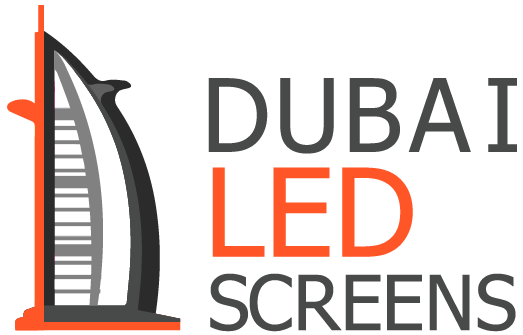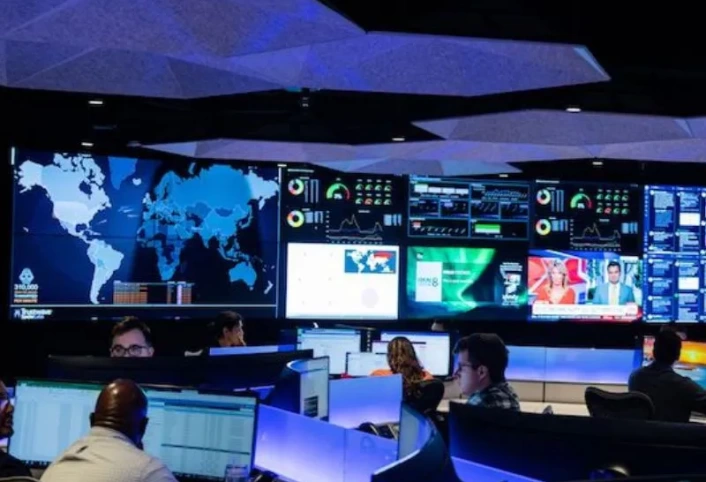In the ever-evolving world of display technology, LED screens have emerged as a dominant force, transforming everything from our smartphones to stadiums and beyond. As we look to the future, the advancements in LED technology promise to revolutionize how we interact with screens in ways that are more immersive, efficient, and dynamic. Below, we explore the key trends that will shape the future of LED screens and their applications across various industries.
1. MicroLEDs: The Next Big Leap
One of the most exciting trends in LED screen technology is the rise of MicroLEDs. Unlike traditional LEDs, MicroLEDs use microscopic LED arrays to create displays with superior brightness, color accuracy, and energy efficiency. These screens are not only thinner and lighter but also offer better contrast ratios and are less prone to burn-in compared to OLEDs.
MicroLEDs are expected to make significant inroads in both consumer electronics and large-scale display applications. For instance, television manufacturers are already working on commercializing MicroLED TVs, which will offer unprecedented visual clarity and a wider color gamut. Moreover, the ability to create flexible and transparent displays with MicroLEDs could revolutionize everything from wearable technology to automotive displays.
2. Increased Integration with IoT and AI
As the Internet of Things (IoT) continues to expand, LED screens will play a critical role in creating smarter, more connected environments. LED screens will increasingly be integrated with IoT systems, allowing for real-time data display and interaction in smart cities, retail spaces, and homes.
Artificial Intelligence (AI) will also enhance the capabilities of LED screens. For example, AI-driven content management systems will enable dynamic, context-aware displays that adapt content based on audience preferences, environmental conditions, or specific triggers. This could lead to more personalized advertising, smarter public information displays, and interactive educational tools.
3. Advancements in Pixel Pitch and Resolution
Pixel pitch, the distance between individual pixels on an LED screen, is a crucial factor that determines the resolution and clarity of the display. In the coming years, we can expect to see even finer pixel pitches, leading to ultra-high-resolution screens. This trend is particularly important for applications where detail and clarity are paramount, such as digital signage, control rooms, and medical imaging.
As LED screens achieve higher resolutions, they will also become more versatile in terms of size and shape. This means that curved, wrap-around, or even 360-degree displays could become commonplace, offering immersive viewing experiences in settings like virtual reality (VR) arcades, immersive theaters, and interactive exhibitions.
4. Energy Efficiency and Sustainability
With increasing global awareness of energy consumption and sustainability, future LED screens will likely focus on reducing power usage without compromising performance. Innovations in materials and design, such as the use of organic or quantum dot-based LEDs, could lead to screens that are not only more energy-efficient but also more environmentally friendly to produce and recycle.
Moreover, as governments and organizations push for greener technology, the demand for energy-efficient LED screens will rise. This could lead to widespread adoption of low-power LED solutions in public spaces, transportation, and commercial applications.
5. Flexible and Transparent Displays
The future of LED screens is not limited to traditional flat panels. Flexible LED screens, which can be bent, rolled, or folded, are set to become more prevalent, opening up new possibilities for product design and user experience. These screens could be integrated into wearable devices, curved architectural surfaces, and even textiles, allowing for dynamic and responsive environments.
Transparent LED screens are another innovation to watch. These displays, which allow viewers to see through the screen while still viewing the content, could revolutionize retail displays, automotive windshields, and architectural glass. Imagine storefronts where the window itself becomes an interactive screen or car dashboards where vital information appears directly on the windshield.
6. Growth in Outdoor and Large-Scale Applications
Outdoor LED screens are becoming increasingly popular for advertising, entertainment, and public information. As the technology advances, we can expect these screens to offer higher brightness, better visibility in various lighting conditions, and improved durability against weather elements.
Large-scale LED displays will also become more common in sports arenas, concert venues, and public squares, offering viewers a more immersive and engaging experience. These screens will likely feature advanced capabilities such as real-time interaction, augmented reality (AR) integration, and seamless multi-screen setups.
7. Augmented Reality (AR) and Virtual Reality (VR) Integration
The convergence of LED screen technology with AR and VR is poised to create transformative experiences in entertainment, gaming, and education. LED screens that can seamlessly integrate with AR and VR systems will enable immersive environments where digital content overlays or interacts with the physical world in real time.
For instance, in live sports events, LED screens could display augmented statistics, replays, or advertisements that appear to float above the field. In education, classrooms equipped with AR-enabled LED screens could bring complex concepts to life, making learning more interactive and engaging.
8. Customization and Modular Design
As the demand for unique and customizable display solutions grows, LED screens will increasingly be designed with modularity in mind. Modular LED screens allow for bespoke configurations, where individual panels can be combined to create displays of any size or shape. This flexibility is particularly appealing for businesses and event organizers looking to create impactful visual displays tailored to specific spaces or occasions.
In the retail and hospitality sectors, customizable LED screens can enhance brand experiences by allowing for dynamic, personalized content that changes based on time of day, customer preferences, or special events.
9. The Rise of 8K and Beyond
While 4K resolution has become the standard for high-definition displays, the future will see the rise of 8K LED screens and beyond. 8K displays offer four times the resolution of 4K, resulting in incredibly detailed and lifelike images. As content production in 8K increases, LED screens will be at the forefront of delivering this ultra-high-definition experience to consumers.
In professional settings, such as medical imaging, digital art, and broadcasting, 8K screens will provide unparalleled clarity, enabling better decision-making and more immersive presentations. The challenge will be to balance the increased power and data requirements of 8K displays with the need for energy efficiency.
10. Interactivity and Gesture Control
Interactivity is a growing trend in LED screen technology, with future screens expected to offer more intuitive and responsive ways to engage with content. Gesture control, touch sensitivity, and voice recognition are some of the technologies that will enhance user interaction with LED displays.
In public spaces, interactive LED screens could serve as information kiosks, allowing users to navigate menus or maps with simple gestures. In the workplace, LED screens could be used for collaborative projects, where team members can manipulate data or visualizations in real time, fostering more dynamic and engaging meetings.
Conclusion
The future of LED screens is bright, with rapid advancements on the horizon that promise to redefine how we interact with digital content. From MicroLEDs and flexible displays to AI integration and 8K resolution, these trends will make LED screens more versatile, energy-efficient, and immersive than ever before. As technology continues to evolve, LED screens will undoubtedly play a crucial role in shaping the visual experiences of tomorrow. Whether in our homes, workplaces, or public spaces, the LED screens of the future will offer new possibilities for communication, entertainment, and interaction, making the world a more connected and visually dynamic place.





